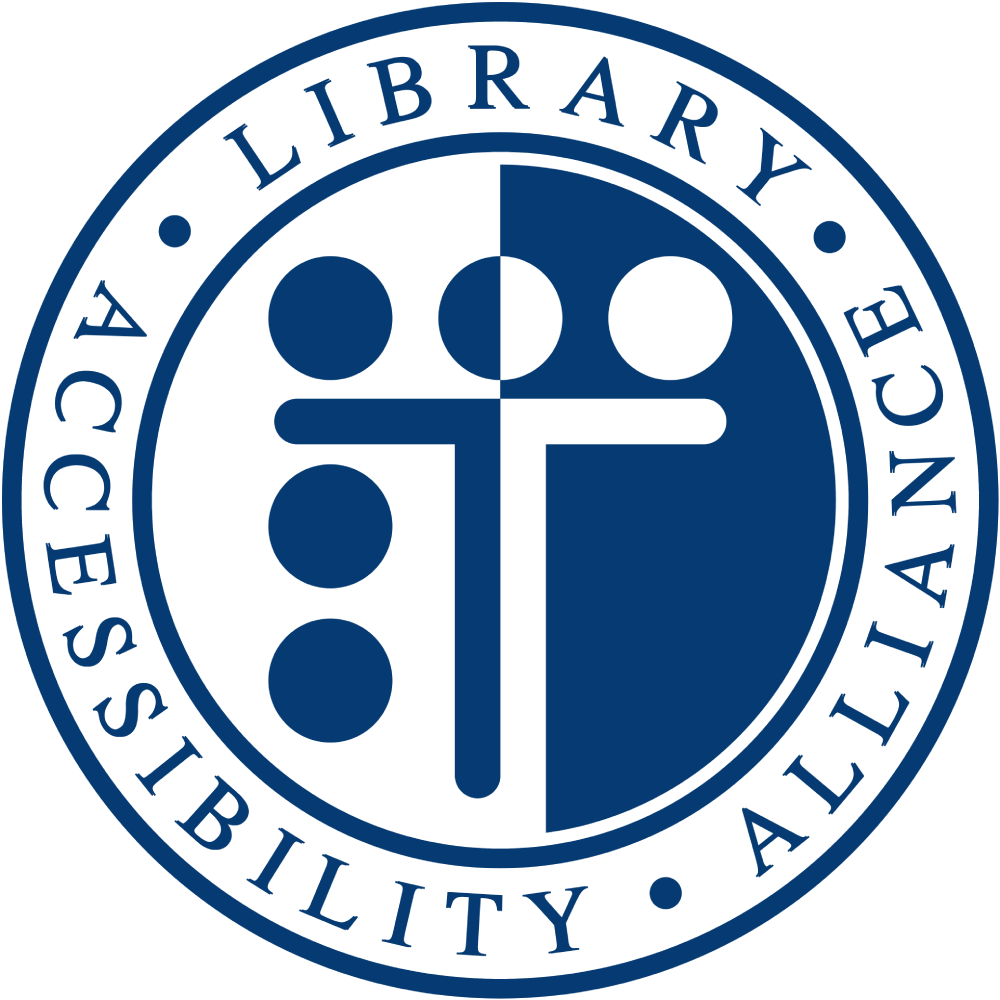This assessment covers portions of the DocuSeek2 Video application. The assessment revealed some problems with screen reader compatibility, resulting in screen reader users sometimes missing critical information needed to understand how to operate the features.
Top 3 Issues
- Focus – the keyboard focus is not always following the expected order, and can be trapped due to items opening on being focused. Sometimes custom widgets, plugins, embedded applications, and other content formats can create a keyboard "trap" where the keyboard focus gets stuck in one place or within a widget or application. Keyboard traps can make interacting with web content extremely difficult or impossible for keyboard users. Keyboard users must be able to move into, and away from, any user interface component, simply by using their keyboard. When keyboard traps are removed, people who rely on a keyboard will be able to access all of the otherwise-accessible content.
- Buttons – buttons are not always given meaningful labels or get focused in the expected order. Buttons must have discernible text that clearly describes the button's function or action for screen reader and other assistive technology users.
- Fields – not all fields are labelled in a meaningful way or grouped with an owning label. People who are blind cannot use the visual presentation of a form to determine the label for a form element. In order for screen reader users to be certain of a form field's label, every form input and control needs a label, also known as an "accessible name." When form elements have a programmatically determinable accessible name, a screen reader user can put focus on a form element and the screen reader will automatically read the label and element type together. In addition, some coding methods will create a larger clickable area for the form element which benefits people with motor disabilities.
 Library Accessibility Alliance
Library Accessibility Alliance